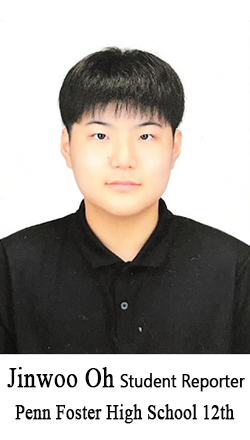 |
Researchers from the Massachusetts Institute of Technology (MIT) and Commonwealth Fusion Systems (CFS) are collaborating on the development of SPARC, which is expected to be operational for testing purposes by 2025. Unlike other nuclear reactors, SPARC utilizes high-temperature superconductors.
Most nuclear reactors adopt the tokamak approach, an idea that originated in Russia, where high-temperature plasma is suspended using magnetic fields generated by electric currents. Nuclear fusion occurs under conditions of high temperature and pressure, similar to the way the sun generates energy. However, the temperature required for fusion differs significantly between the sun and Earth. The reason is that the sun satisfies the conditions for fusion, including high pressure. In simple terms, the atomic nuclei, which naturally repel each other, need to move rapidly to overcome the distance and fuse together. However, on Earth, fusion needs to happen in a much larger space rather than a confined one. Therefore, the temperature on Earth needs to be extraordinarily high to compensate for the lack of high pressure experienced in the sun.
Once the required temperature is achieved, atoms enter the plasma state. Plasma is a state of matter that occurs when atoms are heated to the point where they break apart into electrons, ions, and other charged particles. In the plasma state, atoms move rapidly and chaotically. The generation of the magnetic fields, which suspend the plasma, requires high electric currents.
However, the generation of such electric currents leads to heat generation in the presence of resistance. Therefore, the use of superconductors, which have zero electrical resistance at certain temperatures, is essential. Superconductors refer to materials that exhibit this phenomenon of zero electrical resistance at or below a specific temperature. The MIT research team and CFS are utilizing high-temperature superconductors that exhibit this behavior at relatively high temperatures.
Nuclear fusion reactors utilizing high-temperature superconductors have the advantages of compact size and stronger magnetic fields compared to other superconducting materials, making them more commercially viable and efficient, according to Professor Martin Greenwald of MIT.
Furthermore, their next-generation nuclear fusion reactor aims to develop a commercially viable fusion reactor known as ARC.
오진우 강남포스트 학생기자 webmaster@ignnews.kr






